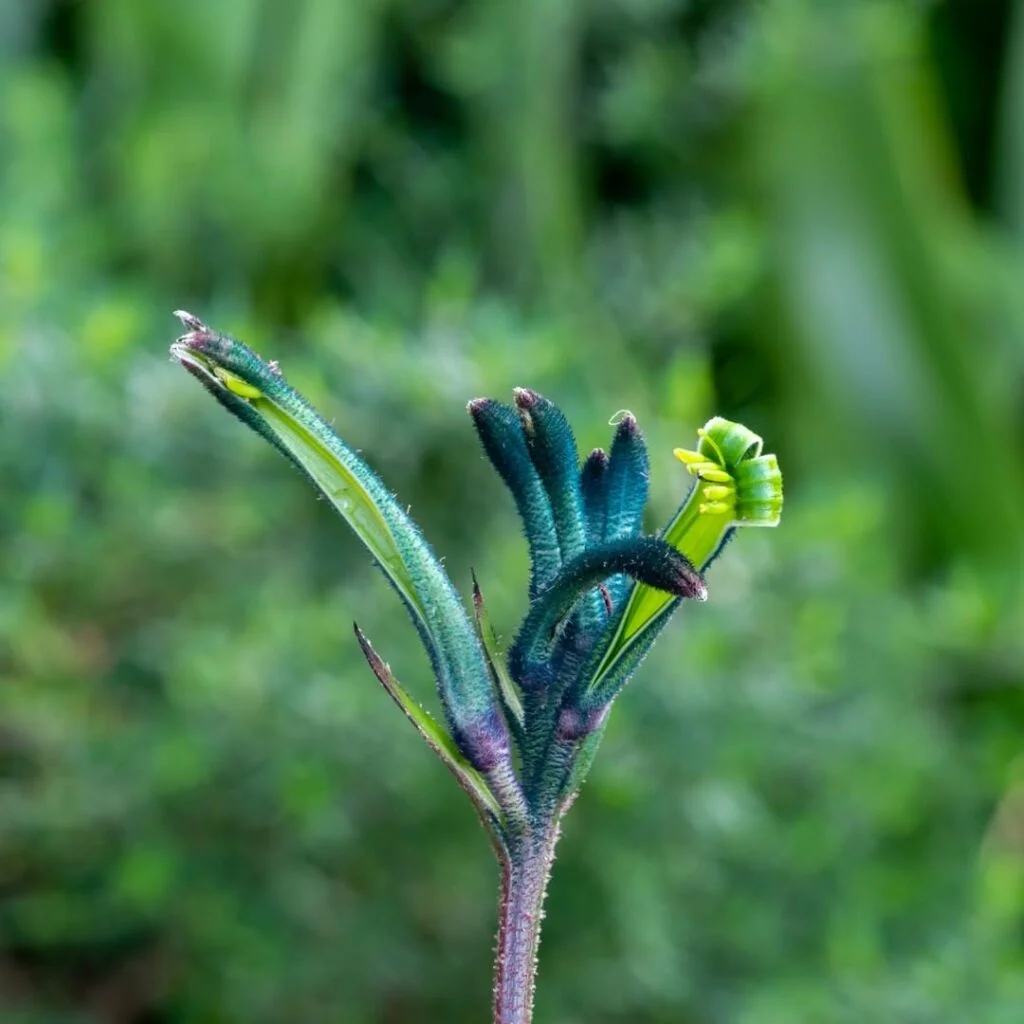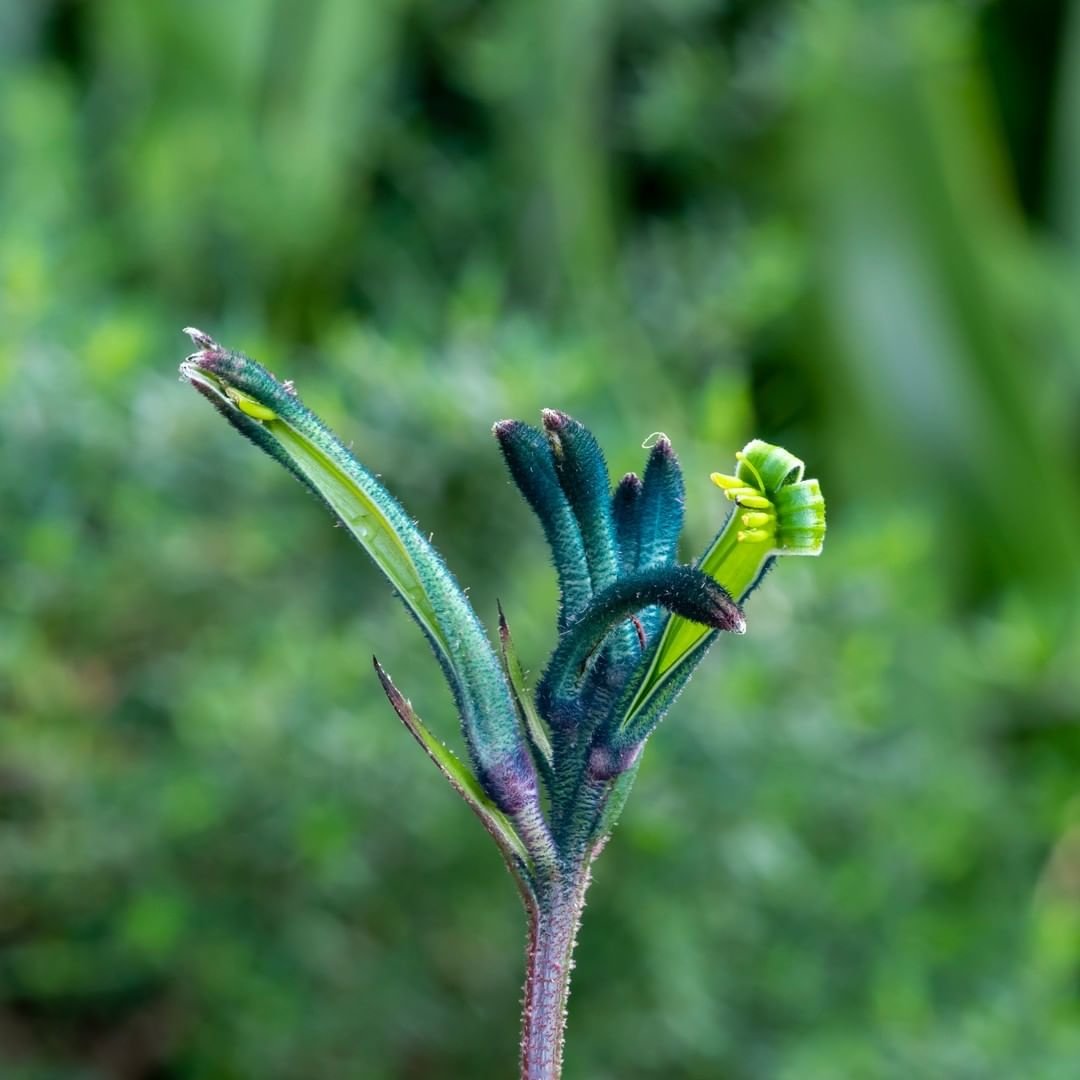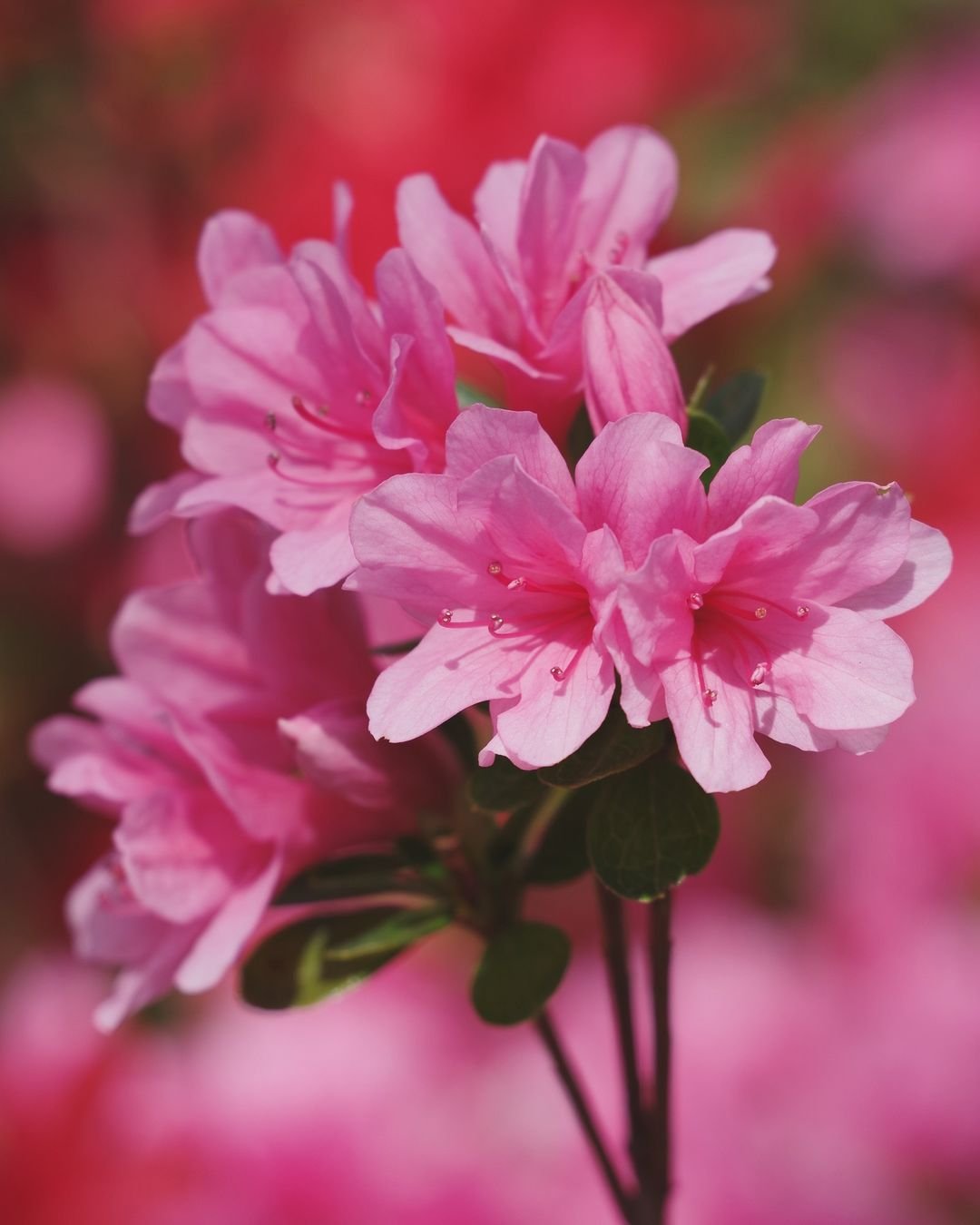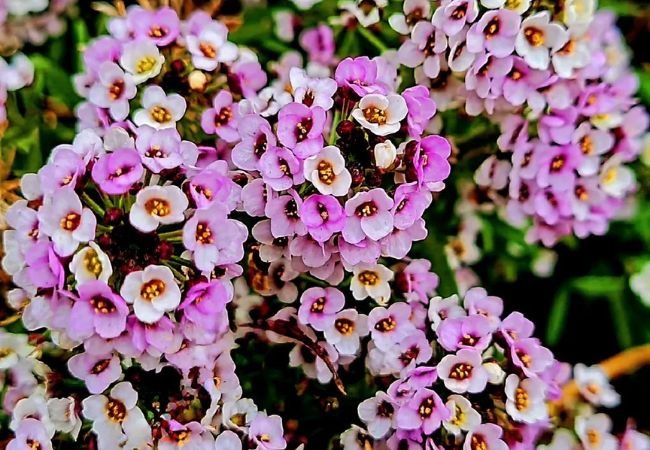Discover how to grow and care for kangaroo paw plants (Anigozanthos) with my 10 years of gardening experience. Learn about varieties, common issues, and their role in the savanna ecosystem.
If you’ve ever seen a kangaroo paw plant in full bloom, you know why it’s a showstopper. With fuzzy, claw-shaped flowers in fiery reds, sunny yellows, and even velvety blacks, Anigozanthos adds a wild, exotic flair to any garden. Over my 10 years of gardening, I’ve grown dozens of these Australian natives—and learned a few hard lessons along the way. Let’s dive into everything you need to know about kangaroo paws, from planting to pest control!
Here’s the information chart for Anigozanthos:
| Category | Information |
|---|---|
| Botanical Name | Anigozanthos spp. |
| Common Name | Kangaroo Paw |
| Plant Type | Perennial |
| Hardiness Zone | Zones 9-11 (typically grown as annuals in colder zones) |
| Sun Exposure | Full sun to part shade |
| Soil Type | Well-draining |
| Watering | Moderate |
| Growth Habit | Clumping, grass-like |
| Height/Spread | Height: 1-4 feet (30-120 cm); Spread: 1-2 feet (30-60 cm) |
| Special Features | Unique paw-shaped flowers, attracts birds and pollinators, drought tolerant |
What is Anigozanthos?

Kangaroo paw refers to plants in the Anigozanthos genus, named for their unique tubular flowers that resemble a kangaroo’s paw. These perennials thrive in hot, dry climates but can adapt to milder regions with proper care. Fun fact: Their fuzzy flowers aren’t just for looks—they’re designed to attract nectar-loving birds like honeyeaters!
Popular Kangaroo Paw Varieties
1. Anigozanthos flavidus (Tall Kangaroo Paw)
This hardy variety grows up to 6 feet tall and blooms in shades of yellow, green, or red. It’s more tolerant of wet soils than other types, making it a great starter plant. I’ve had mine survive unexpected frosts with a little mulch protection!
2. Anigozanthos ‘Bush Ranger’
A compact option (2–3 feet) with orange-red flowers. Perfect for containers or small gardens.
3. Anigozanthos ‘Black Kangaroo Paw’
Striking dark maroon blooms add drama to borders. Pro tip: Pair it with silver-gray plants like lamb’s ear for contrast.
For more native plant ideas, check out my guide to drought-resistant gardening.
How to Care for Kangaroo Paw Plants
🌞 Light & Temperature
Kangaroo paws love full sun (6+ hours daily). In hotter zones (USDA 9–11), they thrive year-round. If you’re in a cooler area, grow them in pots and bring them indoors during winter.
💧 Watering
Less is more! Water deeply but infrequently, letting the soil dry between sessions. Overwatering causes root rot—a mistake I made early on with my first Anigozanthos flavidus.
🌱 Soil
Well-draining soil is non-negotiable. Mix sand or gravel into heavy clay. For potted plants, use a cactus blend.
✂️ Pruning
After flowering, cut stems back to the base to encourage new growth. Snip off spent blooms to prolong the season.
Need help prepping your garden? Here’s my step-by-step soil preparation guide.
Common Kangaroo Paw Problems (& Fixes)
1. Ink Spot Disease
This fungal issue leaves black marks on leaves. Improve airflow, avoid overhead watering, and remove affected foliage. I saved my plants by switching to drip irrigation.
2. Snails & Slugs
They love munching on young leaves. Use organic pellets or beer traps.
3. Leggy Growth
Too much shade? Move the plant to a sunnier spot.
For more pest solutions, visit my organic pest control post.
Kangaroo Paw in the Wild: What Animals Eat Them?
In their native Australian savanna, kangaroo paws face few predators—their tough, fuzzy foliage isn’t most animals’ first choice. However, birds like cockatoos may snack on seeds, and kangaroos occasionally trample them while grazing. Ironically, the plant’s biggest fans are pollinators: honeyeaters and bees!
Kangaroo Paw Fern vs. Anigozanthos: What’s the Difference?
Don’t confuse Anigozanthos with the kangaroo paw fern (Microsorum diversifolium). The fern has flat, lobed fronds and thrives in shade, while true kangaroo paws need full sun. I grow both—they’re equally stunning!
Why I Love Kangaroo Paws (And You Will Too!)
These plants are low-maintenance, drought-tolerant, and pollinator magnets. Plus, their long-lasting flowers make gorgeous cut arrangements. One of my proudest moments? Growing a vibrant Anigozanthos ‘Bush Diamond’ that bloomed for 8 months straight!
For more flowering perennial ideas, explore my top picks for summer blooms.
Final Thoughts
Kangaroo paws are perfect for gardeners craving a touch of the exotic without the fuss. Whether you’re planting Anigozanthos flavidus or experimenting with hybrids, remember: Sun, drainage, and minimal water are key. Got questions? Drop them in the comments—I’m happy to help!







One comment on “The Ultimate Guide to Growing Kangaroo Paw (Anigozanthos)”